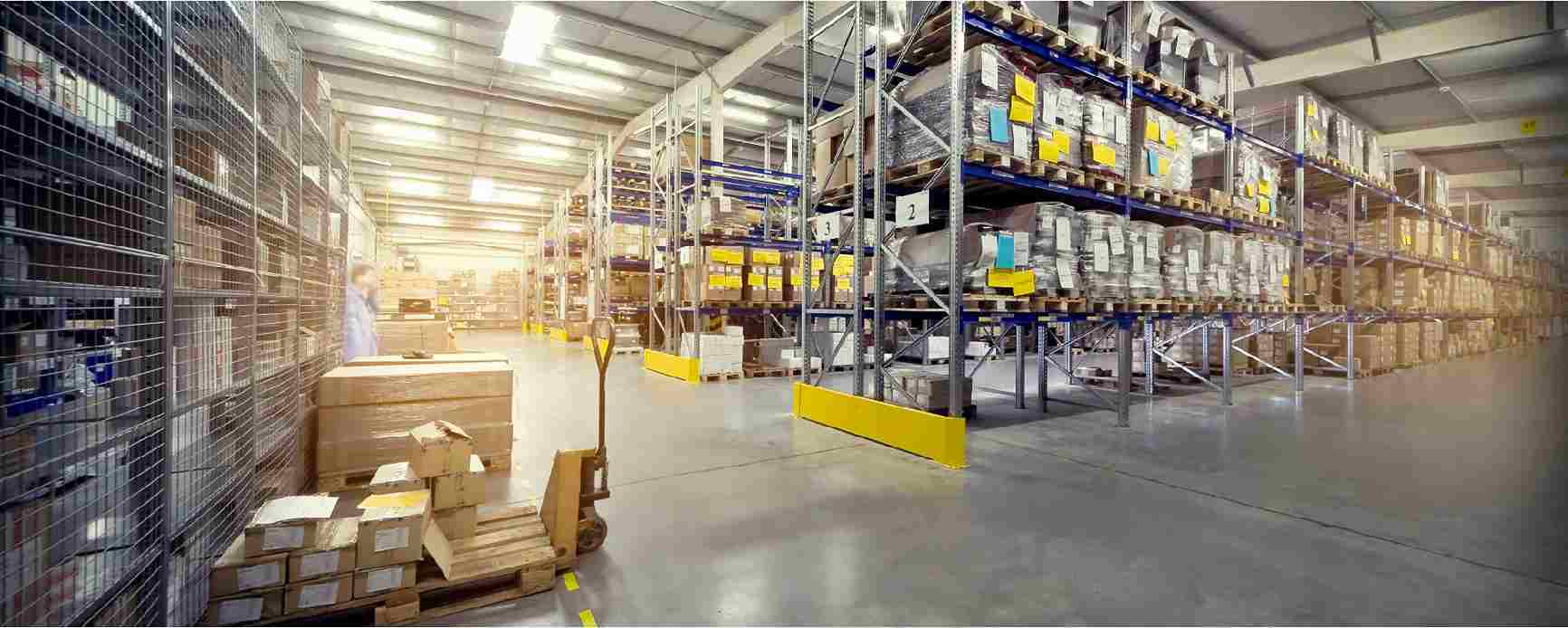
How to Manage Parts and Inventory Across Multiple Locations
How do you set up effective inventory management across sites and locations? The right CMMS system can help.
Solutions
Workplace Management Solutions
Real Estate Management Solutions
Maintenance Management Solutions
Energy Management Solutions
Engineering Document Management Solutions
Asset Management Solutions
Automate campus scheduling for classes, meetings, and exams with our EMS software.
Plan and manage conferences effortlessly with EMS software to impress guests and streamline operations.
Boost workplace flexibility and maximize space use with seamless desk and room booking.
Organize workplace or campus events smoothly, creating memorable experiences.
Optimize workspace, manage allocations efficiently, and reduce costs with our space management solutions.
Deliver projects on time and within budget by improving communication, collaboration, and efficiency with our software.
Streamline lease accounting for ASC 842, IFRS, and GASB compliance.
Manage leases efficiently by tracking key dates, analyzing costs, and ensuring compliance.
Centralize data and analytics for better insights, faster negotiations, and revenue growth.
Centralize facility and asset maintenance, automate work orders, and ensure compliance with our CMMS software.
Extend asset life, reduce downtime, and prevent costly repairs with data-driven monitoring.
Prevent equipment failures and extend asset life by detecting and addressing issues early.
Make sustainable, cost-efficient energy decisions by monitoring and optimizing power consumption.
Remotely monitor and control equipment with real-time data to predict issues, boost efficiency, and reduce downtime.
Easily share and collaborate on documents, creating a single source of truth for engineers and contractors.
Manage and analyze assets across their lifecycle to schedule maintenance, reduce downtime, and extend lifespan.
Improve visibility, automate work orders, and ensure compliance for efficient facility and asset management.
Resources
Browse our full library of resources all in one place, including webinars, whitepapers, podcast episodes, and more.
Support
Looking for access to technical support, best practices, helpful videos, or training tools? You’ve come to the right place.
About Accruent
Get the latest information on Accruent, our solutions, events, and the company at large.

Maintaining efficiency is crucial for warehouse operations, as it can help ensure that products arrive on time and that stockouts never occur. CMMS can help.
Ask any warehouse operations manager the key to their success, and you’ll quickly find the answer is efficiency. Inbound Logistics agrees, commenting on the dangers of an inefficient warehouse:
When efficiency lags, products may not arrive at customer destinations on time, orders can get lost, and low inventory levels can result in stockouts.“
Warehouse operations managers have many moving parts to juggle on a daily basis. Their duties include ensuring a constant flow of products, optimizing warehouse layout, keeping a steady inventory stock, and much more. Without the right technology, operations managers may find process efficiencies falling to the bottom of their to-do list.
Fortunately, managers can turn to a CMMS to help optimize warehouse operations to boost team efficiencies. Continue reading to learn how managers can maximize operations with the help of a CMMS.
The trend of barcoding for inventory control is popping up all across warehouses. In a warehouse, a barcode may be placed on inventory or assets, and then scanned into a database that houses an organized list of objects.
Barcoding boosts efficiencies, improves stockroom visibility and makes data collection easier. In addition, barcoding reduces the chance a stockroom operator incorrectly enters inventory information.
Also, barcoding creates an accurate database of inventory, so managers can pull data on:
Pair this data with a CMMS to easily and efficiently track what inventory is in stock and what may be due for a reorder. Plus, you can sync your hand-held barcode device with your CMMS to replace keyboard entry of items numbers to boost accuracy and productivity on the floor.
Your warehouse revolves around your stock of inventory. Without properly organized inventory, products cannot properly flow between your warehouse and the customer. That’s where an inventory control strategy comes in.
Effective inventory control means lower storage costs, more satisfied customers receiving items in a timely manner and lower overhead for operations.
CMMS can be used in two ways for inventory management:
Pair your inventory control strategy with your CMMS to track costs, view the minimum or maximum order values and produce monthly, quarterly or annual inventory reports.
As a manager, your day is packed with tasks that drive the success and efficiency of the warehouse. It’s important to devote your time to the most important factors like inventory control or technician scheduling. But when you spend your day on a tedious to-do list that takes away from your ultimate goals, it may feel like you’re moving backwards.
Luckily, a CMMS helps automate some tasks, so you can focus on what’s really important to driving warehouse success. For example, use your CMMS to automate reorders for the warehouse inventory your team relies on the most. Plus, with CMMS auto reordering, you can forget about the reams of paper orders that clutter your desk.
Benefits of automated reordering include:
Are you ready to optimize your warehouse for success? Take a test drive of our CMMS to see how it will benefit your warehouse operations.
How do you set up effective inventory management across sites and locations? The right CMMS system can help.
Discover how CMMS inventory management helps facility teams track parts, reduce waste, and automate reorders for smoother maintenance operations.
Help your warehouse managers overcome persistent pain points like high downtime and lost profits with a purpose-built CMMS.
Subscribe to stay up to date with our latest news, resources and best practices